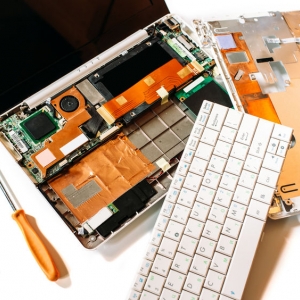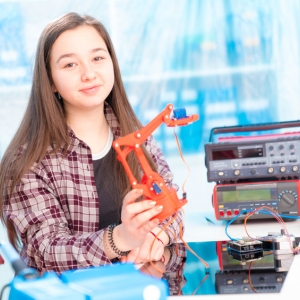Engineering
 Engineering is the use of scientific principles to design and build machines, structures, and other items, including bridges, tunnels, roads, vehicles, and buildings. The discipline of engineering encompasses a broad range of more specialized fields of engineering, each with a more specific emphasis on particular areas of applied mathematics, applied science, and types of application.
Engineering is the use of scientific principles to design and build machines, structures, and other items, including bridges, tunnels, roads, vehicles, and buildings. The discipline of engineering encompasses a broad range of more specialized fields of engineering, each with a more specific emphasis on particular areas of applied mathematics, applied science, and types of application.We at PinkyInc are dedicated to bringing these principles to kids in a way that is fun and exciting and most importantly hands-on.
Our program is broken up into the following age groups. STARTERS ages 6-8, PROPERS ages 8-10 and MAKERS ages 11-13. Each group starts off at level 1 (SCOUT badge) and progresses through the year earning EXPLORER and NAVIGATOR badges. You must complete each level in order to progress to the next one.
Check out our detailed description below.
- Sign up for Starters Age Group 6 - 8
- Sign up for Propers Age Group 8 - 10
- Sign up for Makers Age Group 11 - 13

Computer engineering is the design, construction, implementation, and maintenance of computers and computer-controlled equipment for the benefit of humankind. Kids love computers but almost never get the opportunity to look inside. What child doesn’t love breaking things apart and looking inside. Discovering what makes it tick? Trying to build a computer from scratch and testing how it works. Our computer engineering journey starts with breaking a computer apart into its basic parts.
First 4 lessons we dedicate breaking learning exploring and putting computers back together and making them work again. We will explore the functions of a hard drive and breaking those apart, learning about video cards, motherboards, power supplies, memory and more. We put kids to work immediately and they will be tearing into a perfectly good computer in minutes.
Once we have had our fun exploring the inner working of the computers, we will begin to explore other devices and start getting a broader view of the computer systems in general.
In the process we will explore hardware, software, communications, networking and more.
The last leg of this journey will be an opportunity for students to design and build a computer on their own. They will choose the hardware, software and top it off by networking it to the internet.

Mechanical engineering may sound complicated, but for kids today it’s not. Kids love mechanical engineering because it’s all about machines. Our students love exploring mechanical concepts and bringing them to life. Discovering what makes it move? Understanding what makes it go? Trying to build something using multiple technics and having fun of testing how it works. Machines, from cars and trucks to pulley systems and computers, are cool! Our Mechanical Engineering journey starts with exploring cars and all the different methods they operate.
First 4 lessons we dedicate to building different types of cars and exploring each week a different method of propellant. From rubber cars to propeller cars, pullies to co2 cars. We put kids to work immediately and they will be building 10 minutes into the first lesson. This will get their creative brains humming with ideas and we will explore and educate as we move forward.
Once we have built the cars, we will begin to dive deeper and start exploring the world of real engines, drive trains, and will attempt to build a small engine ourselves.
In the process we will explore core areas of mechanics, dynamics, thermodynamics, materials science, structural analysis, and electricity. We will even dive into computer design.
The last leg of this journey will be an opportunity for students to design and build a car of their choice. They can choose the method of propellant, design, scale, and material. Oh, and did I mention that we will test them in a friendly competition on the last day?
Let have some fun!

An electrical engineer is someone who designs and develops new electrical systems, solves problems and tests equipment. They study and apply the physics and mathematics of electricity, electromagnetism and electronics to both large, and small-scale systems to process information and transmit energy. Sounds fun.
First 4 lessons we dedicate to understanding electricity. What makes the lights go on and off? How does the current flow and what makes electricity so important today. We learn OHMs law and learn to do mathematical calculations that help us understand how to navigate all the different elements. We learn about resistors and transistors and their applications.
Once we have the basics we get to work. We will create circuits and get things humming. We will burn some led’s and make them dance to music.
In the process we will explore mathematics, chemistry, metals and alloys, The last leg of this journey will be an opportunity for students to design and build their own electrical product. They will choose the components, design their own circuits solder and test their creations. At the end we will have a display of their products and discuss their potential applications.





